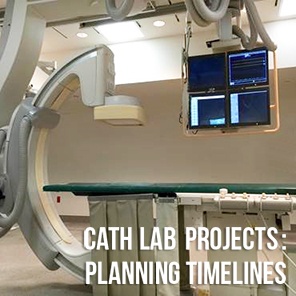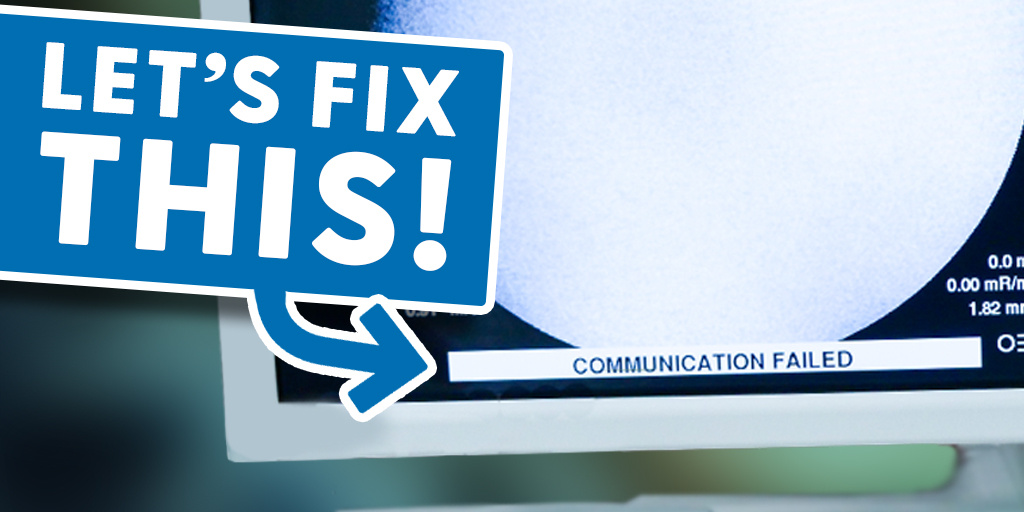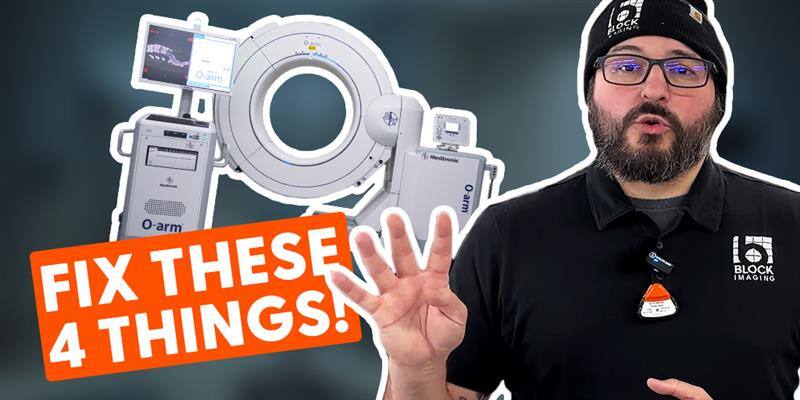
“It doesn’t take that long to install cath lab equipment, right?” My answer to this question would be that it probably takes longer than you think. Of all the modalities that Block Imaging works with, interventional lab installations are the most involved.
Between research, planning, construction, hardware, mechanics, and software/networking- the entire process of bringing a cath lab into a facility averages between six and twelve months, start to finish!
As you begin your interventional lab planning process, here are some very important things to consider.
Know the Regulations in Your State
Some states are easier to install in than others. For example, if you are installing a lab in California you have to consider things like OSHPD and regulations for stabilizing equipment against a seismic event. Many states also require a Certificate of Need for a purchase this size. Some states have unique sets of regulations regarding interventional cardiology that could set you back in your timeline.
Early Site Planning Saves Time in the End
Before you start turning wrenches or pounding nails, make sure you have a plan in place for all stages of your project. This plan can be flexible and adjustable along the way, but the more due diligence you do up front, the more time and money you will save on the back end.
Get yourself, your staff, and all the service providers who will be involved in your cath lab project (architects, builders, electricians, imaging engineers, etc.) into communication about what they will need from one another and what the timing of each step should be. A good plan leaves as little as possible until the last minute, and the time cushion will pay off in delays and downtime averted.
Considering GE cath? See the room dimensions you need here.
If you work with a cath lab provider like Block Imaging, with an in-house project management team, your assigned manager will work with your architect to come up with preliminary and specification drawings that the architect can then incorporate into their final drawings for permitting and building. These drawings will then be passed along to all the relevant contractors involved in your building phase.
Construction
Timelines on construction can range all over the board, but a good rule of thumb is that they will always take longer than you anticipate. The best way to avoid delays is to make sure project managers and contractors are communicating on a regular basis. In fact, we strongly recommend the engineers make at least two site visits prior to coming to install the equipment. You can save yourself a lot of time and a lot of money by doing this. It gets very expensive and very stressful when you have an engineering team on site not able to work because of construction issues.
Installation
Assuming you have no construction delays and everything is correct when the engineer arrives with the equipment to install it at your facility, the installation stage should take around two weeks. This is of course an estimate and the process could always take longer as there are many variables to consider.
Three things we've seen cause delays from time-to-time: improper networking information, improper room temperature, and no access to power. The simplest way to prevent these is to make arrangements in advance with the relevant personnel. Schedule a member of your IT team and an electrician to be on hand the day the installation begins. This will ensure that your installers will have the information they need to properly network your cath lab, as well as a safely connected and active power source for the system. You'll also need to confirm with your HVAC provider that your temperature control equipment will be fully functional by the day installation begins. If a room gets too hot, there is an increased risk of damage to the more sensitive parts of the lab.
Your Unique Timeline
While we can't tell you what the exact timeline for a cath lab project at your facility will be, we can tell you that many people we talk to are surprised to learn just how long it can take. The best way to get a handle on your potential time frame is to talk with knowledgeable, experienced providers as early as you can.

Kenn Dextrom
Kenn Dextrom is the Director of Product Manager at Block Imaging. He aims to provide clear direction and careful planning for Interventional Cath Lab buyers and working with the Block Imaging product team to provide excellent solutions for our customers. Out of the office, he spends most of his time keeping up with his wife and their three energetic sons.





